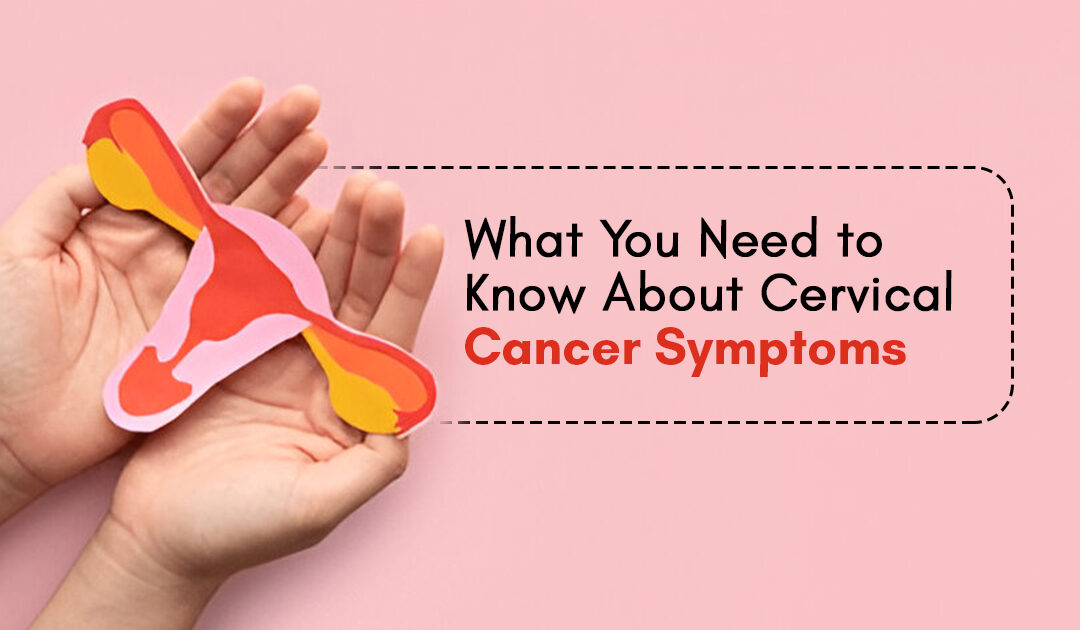Cervical cancer in India ranks as the second most frequent cancer among women in India and the second most frequent cancer among women aged between 15 and 44.
The origin point of cervical cancer is the cervix, which is the lower part of the uterus connecting to the vagina. Cervical cancer is the growth of cells starting in the cervix. The cervix is divided into two main parts: the ectocervix and the endocervix. The ectocervix, also known as the exocervix, is the outer part of the cervix, usually seen during a gynecologic exam. The ectocervix is covered with squamous cells, which are thin and flat. The endocervix is the inner part of the forming canal connecting the vagina to the uterus. The endocervix is covered with column-shaped glandular cells, producing mucus. The squamocolumnar junction, also known as the transformation zone, is the border where the endocervix and ectocervix meet. This is the area where cervical cancers originate from.
Different strains of the human papillomavirus, also known as HPV, play a crucial role in causing most cervical cancer. It is also passed through sexual contact. The body’s immune system, when exposed to HPV, usually prevents the virus from harm. However, in a small demographic of people, the virus survives for years, which contributes to cervical cells turning into cancer cells.
Types of Cervical Cancer:
Cervical cancers are named after the type of cell where the cancer originated. The two main types are:
- Squamous cell carcinoma: Up to 90% of most cervical cancers are squamous cell carcinoma. These cancers develop from cells in the ectocervix.
- Adenocarcinoma: These develop in the glandular cells of the endocervix. Clear-cell adenocarcinoma, also known as clear-cell carcinoma or mesonephroma, is a rare kind of cervical adenocarcinoma.
- Mixed carcinoma: This is a mixture of both.
To reduce the risk of developing cervical cancer, you can have regular screening tests and vaccinate yourself against HPV infection.
When cervical cancer is detected, its treatment is usually surgery to eradicate cancer. Other treatments may consist of medication to kill the cancer cells. Different options may also include chemotherapy and targeted therapy medicines. At times, radiation therapy with powerful energy beams is also used. There are treatments combining radiation with low-dose chemotherapy.
Risk Factors:
You may have an increased susceptibility to cervical cancer if you:
- Started having sex before age 18 or within a year of starting your period
- Have multiple sexual partners, which increases exposure to HPV
- Take birth control pills, especially for longer than 5 years
- Smoke cigarettes
- Have a weakened immune system, so your body is less able to fight infections.
- Have a sexually transmitted disease (STD)
- Haven’t been vaccinated against HPV
- Have had three or more pregnancies
- Were exposed in the womb to DES, a drug given to some women between 1948 and 1971 to prevent miscarriage; a rare risk factor.r
- Are obese, which may make it harder to diagnose cervical cancer
- Have low income or are without medical insurance, which means you may not be screened for cervical cancer
Symptoms:
When it begins, cervical cancer might not cause symptoms. As it gradually increases, cervical cancer might show signs and symptoms such as:
- Vaginally bleeding after intercourse, before periods, or after menopause.
- Menstrual bleeding, which is heavier and longer-lasting.
- Watery, bloody vaginal discharge, which may be heavy and have a foul odor.
- Pain during intercourse or pelvic pain.
Following its spread, cancer may lead to:
- Pelvic pain
- Trouble peeing
- Swollen legs
- Kidney failure
- Bone pain
- Weight loss and lack of appetite
- Fatigue
- Backache
- Stomach pain
When to See a Doctor?
Make an appointment with a gynecologist or a health care professional if you have any symptoms worrying you.

